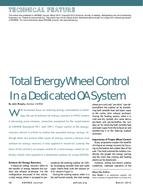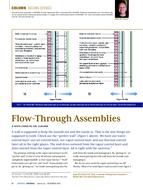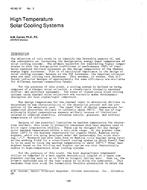Click here to purchase
The semi-empirical wind-driven rain (WDR) calculation models in the ISO Standard (ISO), the ASHRAE Standard 160P (ASHRAE), and byStraube and Burnett (SB) are compared with regard to their impacts on hygrothermal responses of four wood-frame walls differing by their claddings.Buildings of 2-storey, 4-storey and 10-storey located in a suburban area were considered. Three Canadian cities belonging to different climate zones wereselected for simulation: Ottawa, Ontario; Vancouver, British Columbia and Calgary, Alberta. Simulations were run for two years selected from a historicalclimate data set based on the moisture index. Water infiltration through the assembly was assumed to be 1% of the WDR as suggested by the ASHRAEStandard 160P. Temperature and relative humidity of the outer layer of oriented strand board (OSB) sheathing were compared amongst the three WDRmodels. The mould growth index on the outer layer of the OSB sheathing was used to compare the moisture performance predicted using the three WDRcalculation methods. The total WDR sums obtained with the three models differ by city and building height. In most cases, the total WDR sums obtainedwith both ASHRAE and SB models are comparable and are higher than that obtained with the ISO model. The differences observed in WDR resultsdo not have impacts on the temperature profiles of the outer layer of the OSB Sheathing. For relative humidity and mould growth risk, differences amongstthe 3 models vary depending on whether or not water infiltration is considered, the climate (city), the cladding and the building height. In general, bothStraube and ASHRAE models give conservative results compared with the ISO model.
Citation: Thermal Buildings XIV 2019
Product Details
- Published:
- 2019
- Number of Pages:
- 9
- Units of Measure:
- Dual
- File Size:
- 1 file , 900 KB
- Product Code(s):
- D-Bldgs19-061


